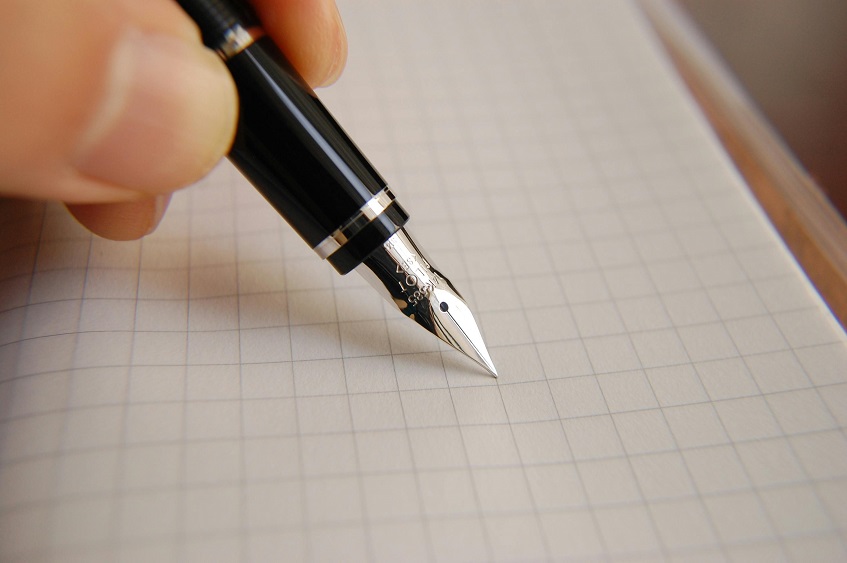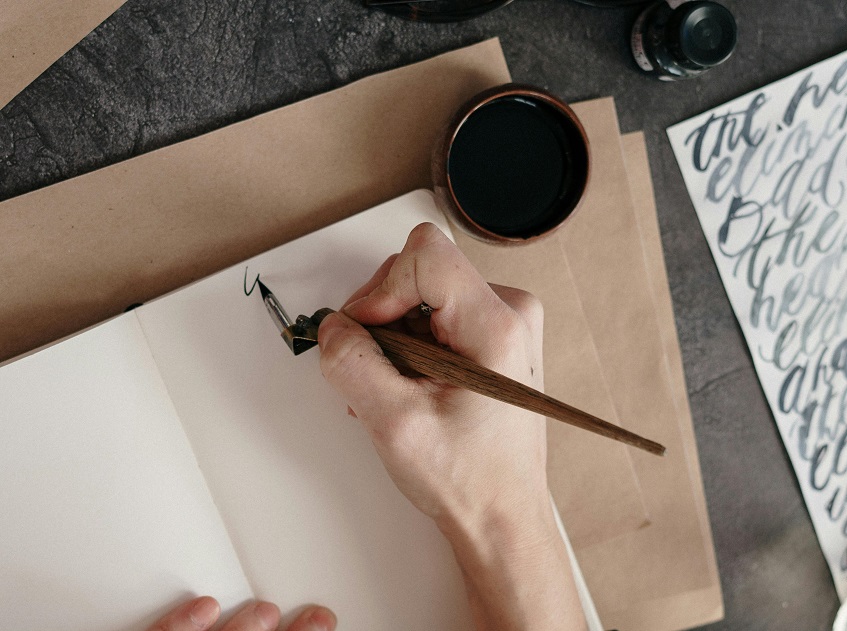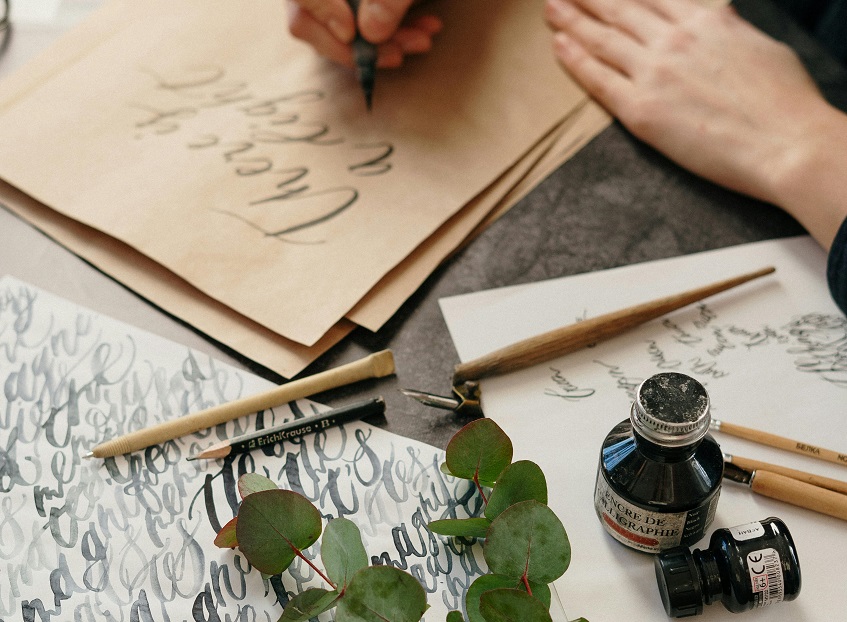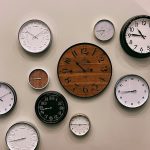Whether starting to learn modern calligraphy or just sharpening your skills, having premium calligraphy supplies is crucial to getting started in the right way. But, with so many options available finding the right set can be overwhelming. The following ultimate calligraphy supplies checklist breaks down the essentials every serious calligrapher should have in their arsenal.
Calligraphy Pen

Produce delicate lines and crisp edges with a versatile, ergonomic and precise calligraphy pen. This is a writing tool created expressly for calligraphy, an artistic form of writing that emphasises attractive and stylised letterforms. It comes in a variety of types, nib styles, and ink delivery systems, making them suitable for both novice and advanced calligraphers.
Dip pens are distinguished by their metal nibs that must be dipped in ink before use. This type of pen is highly appreciated in traditional calligraphy due to its ability to provide a wide range of line widths—from very fine to thick—by merely adjusting the pressure used when writing. Dip pens are popular because of their versatility in producing dynamic and expressive lettering.
Fountain pens come with an inbuilt reservoir that stores ink, avoiding the need for frequent dipping. This design makes them ideal for extended writing sessions. Fountain pens are often easier to use than dip pens, but they often have less line width variety. However, their ease of use and smooth flow of ink make them a popular choice for both new and veteran calligraphers who value efficiency and consistency in line quality.
Brush pens, on the other hand, feature a flexible brush tip that may produce a wide range of line widths depending on the pressure and angle of the stroke. These calligraphy pens are ideal for modern, intriguing calligraphy styles that demand fluid, changing line thicknesses comparable to those achieved with conventional brushes.
The most common are the mildliner brush pens which combine the convenience of a pen with the expressive line quality of a paintbrush, making them excellent for calligraphers who want to add a dynamic and creative touch to their work.
Experimenting with different nibs can open up even more possibilities. Variations in line width, flexibility, and ink flow can significantly affect the appearance of your script, allowing for a wider spectrum of stylistic expression. Whether you favour the dramatic line variations possible with flex nibs or the precise, crisp lines of a fine-point pen, each has something special to offer.
Combining different nibs with different inks can produce unexpected results. The way an ink behaves with a given nib—whether it feathers bleeds, or produces crisp lines—has a big impact on the overall appearance of your calligraphy. Testing different combinations can help you find the best match for your style and the thing you’re working on.
Regardless of the type, when on the hunt for the best calligraphy pen for your artistic aspirations, keep in mind that the relationship between price and quality is not always clear. While higher-priced pens typically represent superior craftsmanship and materials, they may not be the ideal fit for your specific style or level of experience. In contrast, relatively economical pens can provide good quality and performance, particularly for novices or those exploring new styles.
Calligraphy Paper
When choosing the best calligraphy paper for artwork, there are a few important factors to consider. You should look for paper that is smooth and thick. The texture of a card influences how the ink sets. Card paper, on the other hand, absorbs ink almost immediately, giving the script its fuzzy edges. While some printer sheets can provide an excellent writing surface, they frequently lack sufficient thickness, causing the ink to bleed.
For beginners, paper smoothness is significantly more important than thickness. If the ink bleeds slightly on thinner paper when you first start, don’t worry about it; instead, focus on getting used to how the pen glides.
Additionally, novices can try buying some practice paper with layouts on it. You may also purchase a variety of notepads with traceable script patterns and practice sections for different methods online. It is also advisable to use dotted grid paper to make letters proportionate.
Ink

The choice of ink is quite personal; what works well for one calligrapher may be disastrous for another. Fortunately, there are a variety of types, compositions, and colours to choose from. The public frequently confuses Indian inks with calligraphy. But they are not the same. They have various applications and are built differently.
Calligraphy ink is largely made up of water, pigments, lubricants, surfactants, and biocides. Indian ink, on the other hand, is occasionally created by combining varnish, carbon or lamp black pigment, and water. After the ink has dried, gelatine or varnish is used to make it waterproof or fade-resistant.
Certain calligraphy inks, however, are not waterproof. Since the ink is slightly thicker than typical inks, it sticks to the paper’s surface rather than soaking into the fibres.


